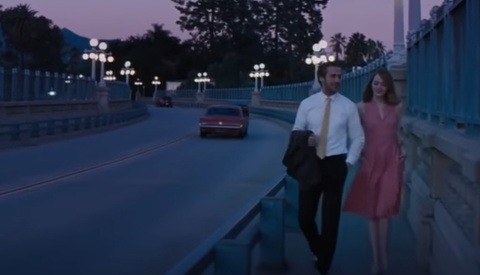Anachronism in Action: Shooting Formula One Racing With a Century-Old Camera
Most of the time, when photographers are buying equipment, they choose the piece of gear that will accomplish their goal using some set of typical parameters: price, weight, build quality, warranty, size, speed, etc. These days, for shooting Formula One car races, you’d probably choose a fast-focusing, high frame-rate camera such as the Nikon D5 or Canon 1DX — if you had the budget for it — because F1 cars are fast and crazy. But that’s not what this photographer did; he decided to step back 100 years and break out a camera that was definitely not designed for shooting a modern-day race track. And the images are awesome.






















![Develop Your Film with Ease at Home or On the Road with Lab-Box [Updated]](https://cdn.fstoppers.com/styles/med-16-9/s3/lead/2017/02/ars-imago-lab-box.jpg)















